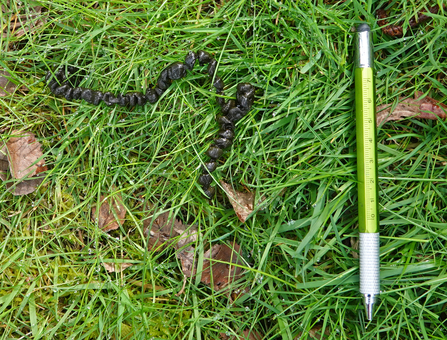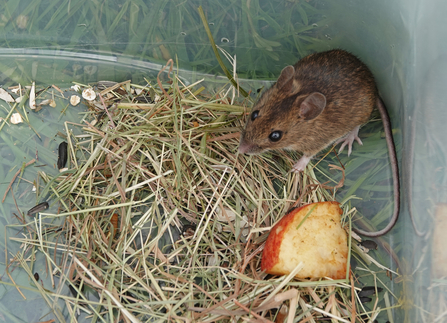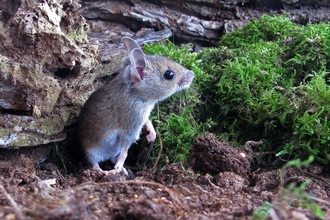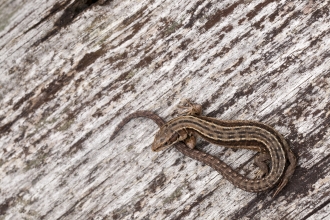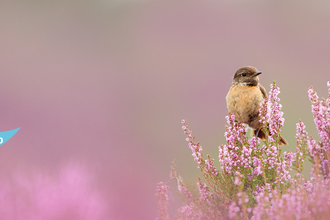One of the great things about being a conservation trainee has been to be made aware of some key local wildlife groups. One of those is the Worcestershire Mammal Group who organise a series of indoor talks over the winter months and outdoor events over the summer months. I attended their March indoor meeting and enjoyed chatting to the members so much that I joined the group. I soon learnt about a small mammal trapping event, so I booked my place and went along to Dropping Well Farm a couple of weeks later.
Dropping Well Farm, near Bewdley, is one of Worcestershire Wildlife Trust’s newest nature reserves, with a long-term management plan in place to return the agricultural land to heathland (the Trust’s Devils Spittleful heathland reserve is just the other side of the Severn Valley Railway train tracks). The member of staff responsible for managing the reserve, Andy, was keen to hear about what we found as this was the first mammal survey and would provide him with good baseline knowledge for future ones.
When we arrived, Dom, the chair of the group and also a reserve officer at the Trust, gave us an introduction to the site and any health and safety issues. It was a lovely sunny morning and a couple of the group members, Adam and Jen, had been round the night before and set 20 small green mammal traps at various locations, each marked with a flag and marked on a site map. The most important thing about a small mammal trapping survey is to make a note of where you set the traps and to count them all back in at the end of the session so that no trap is left unattended for more than 12 hours.


